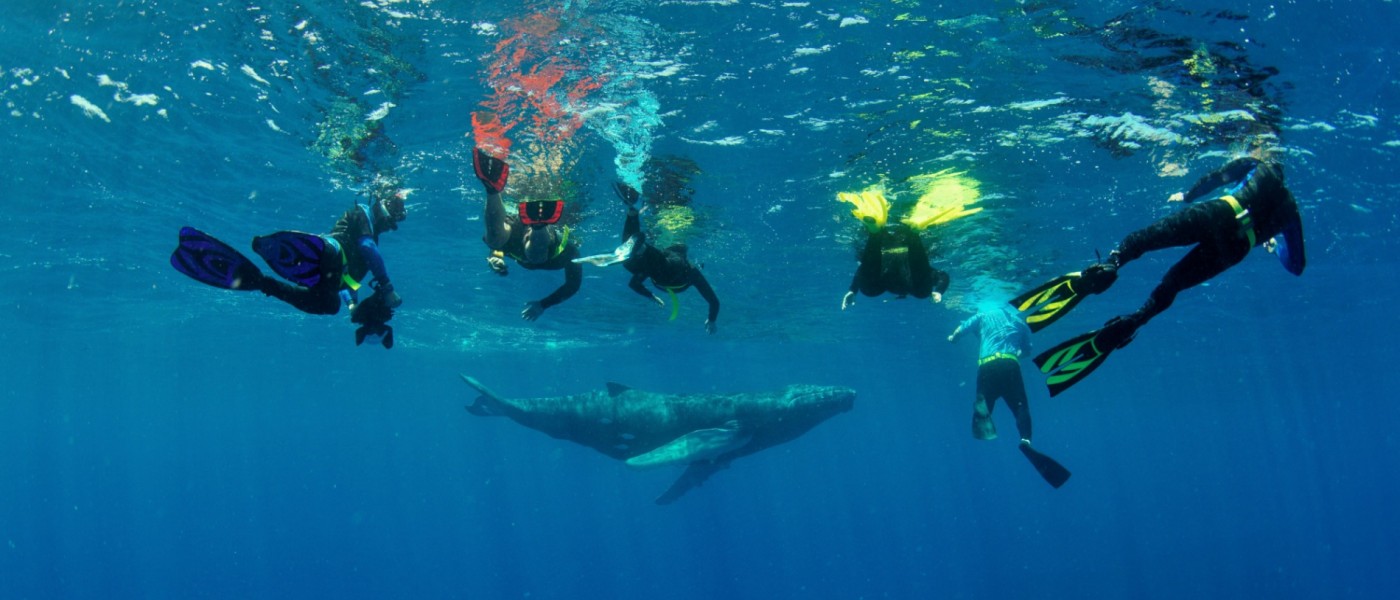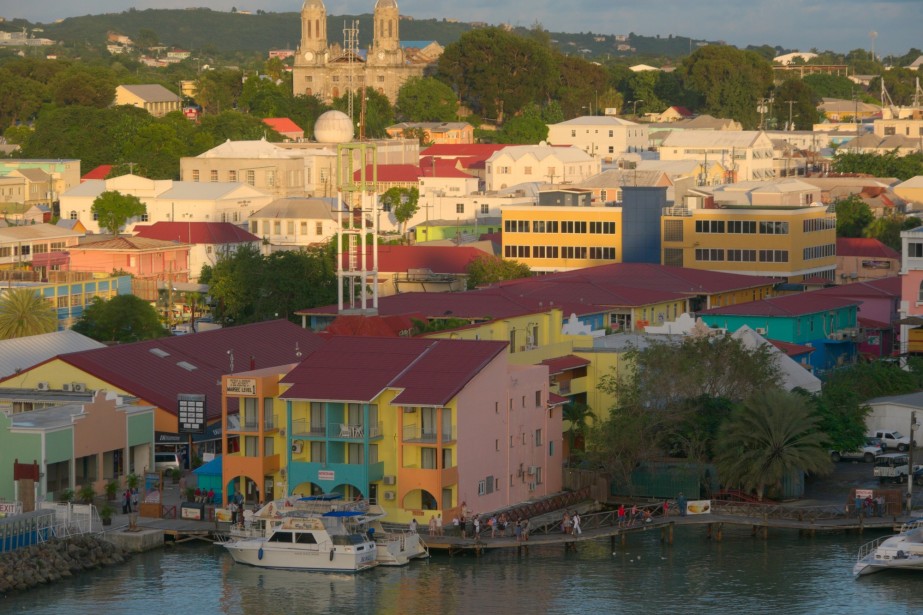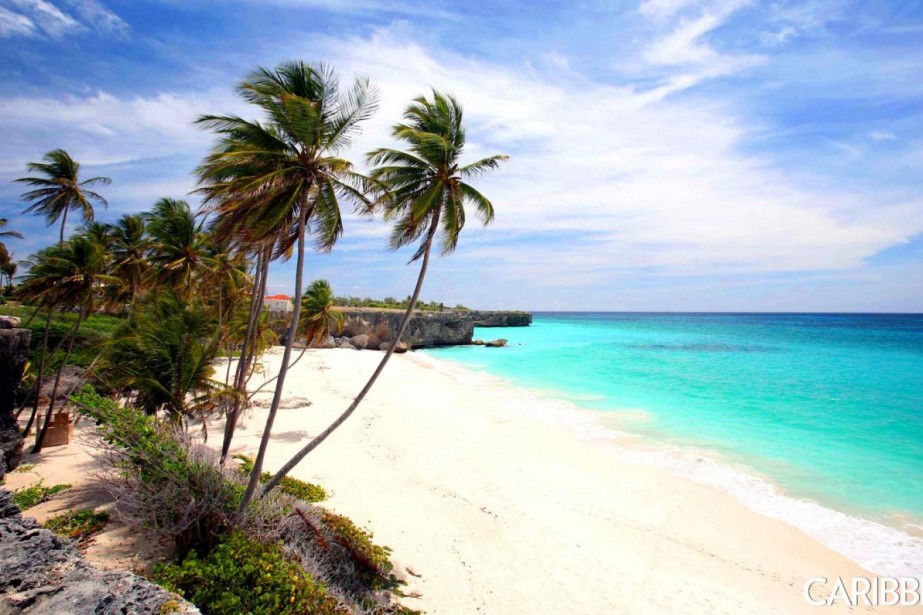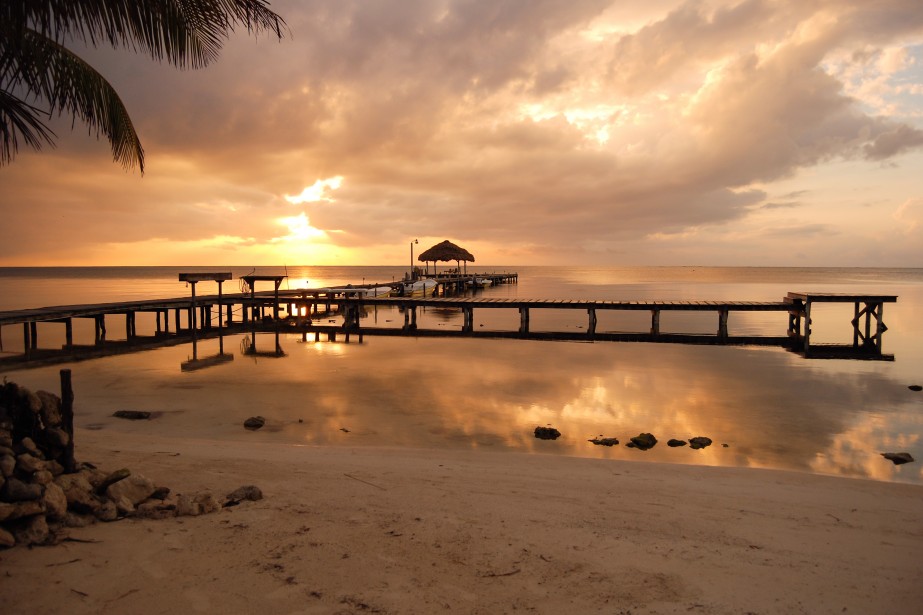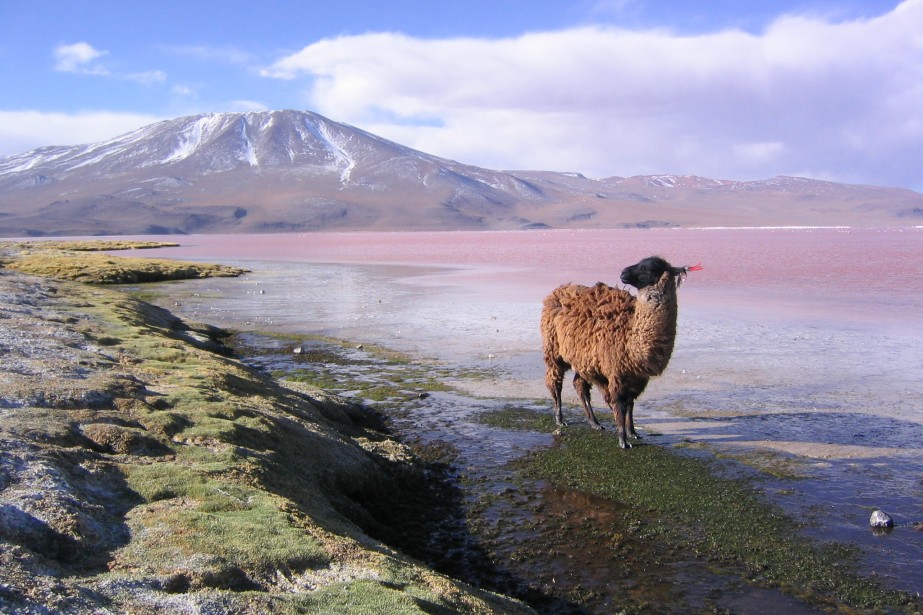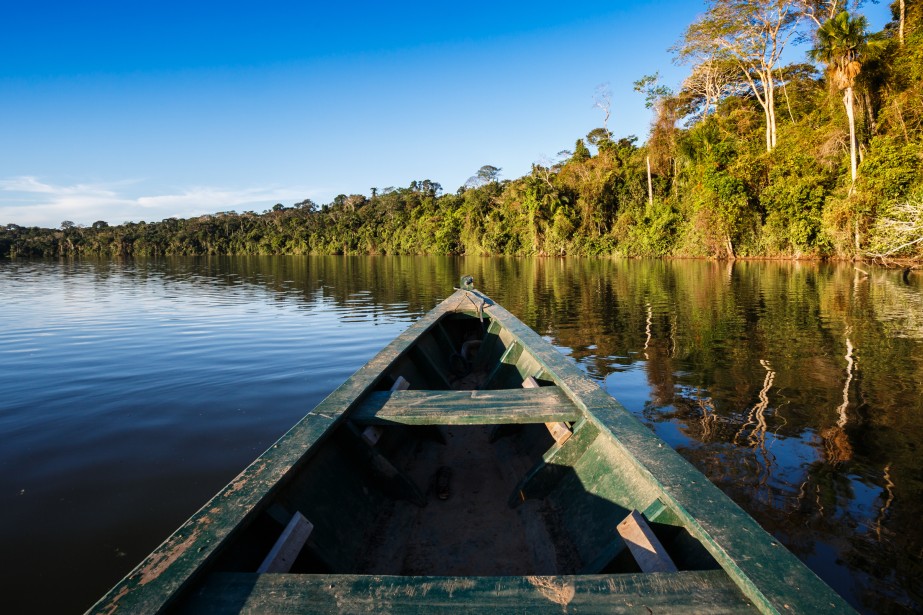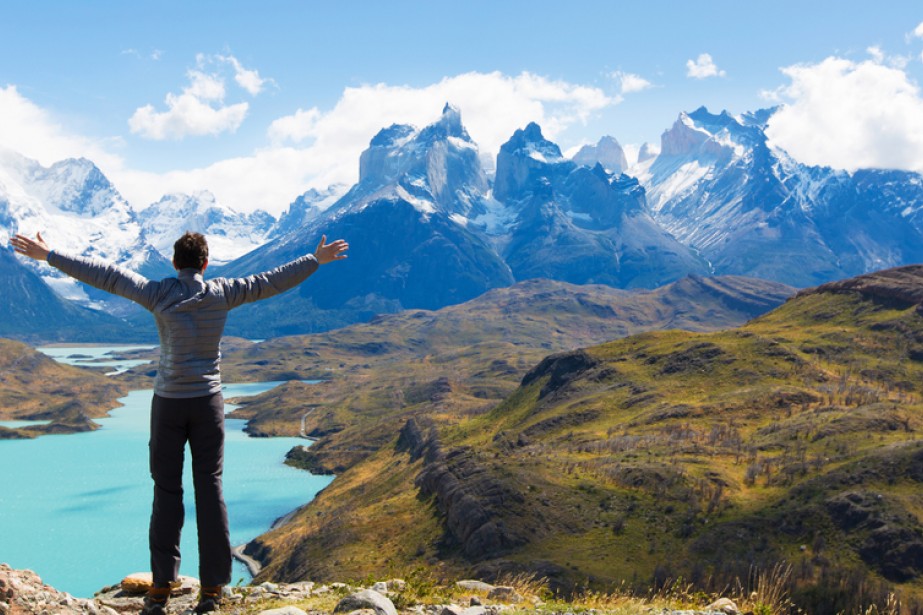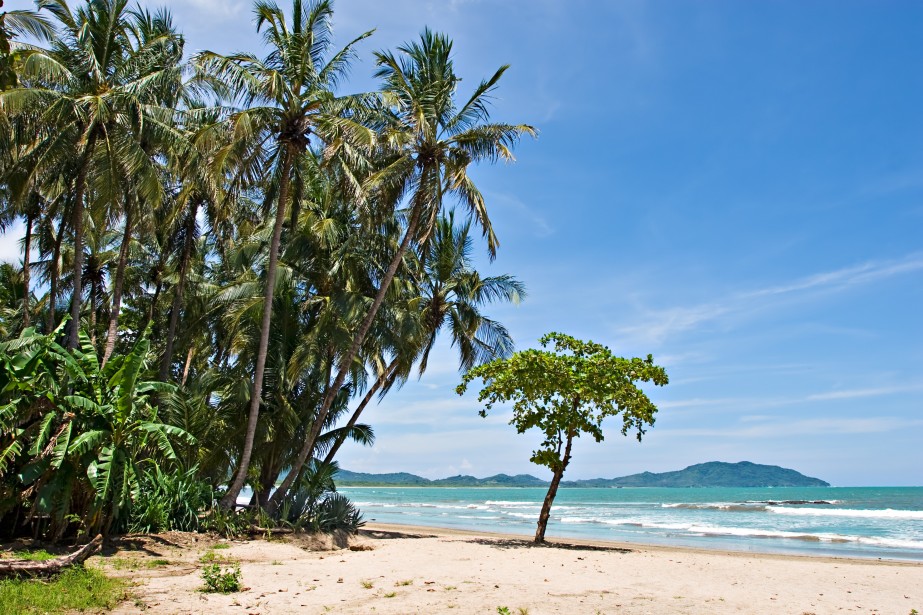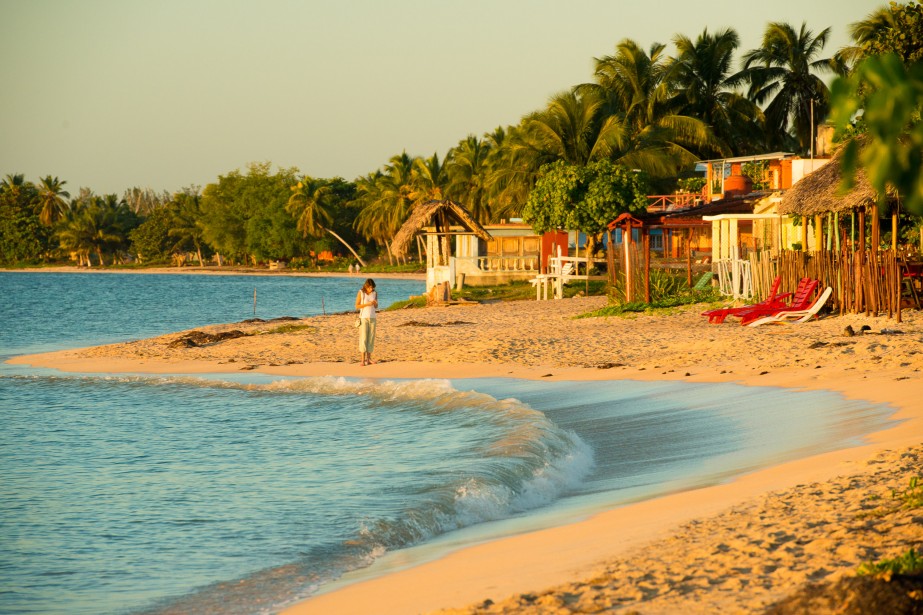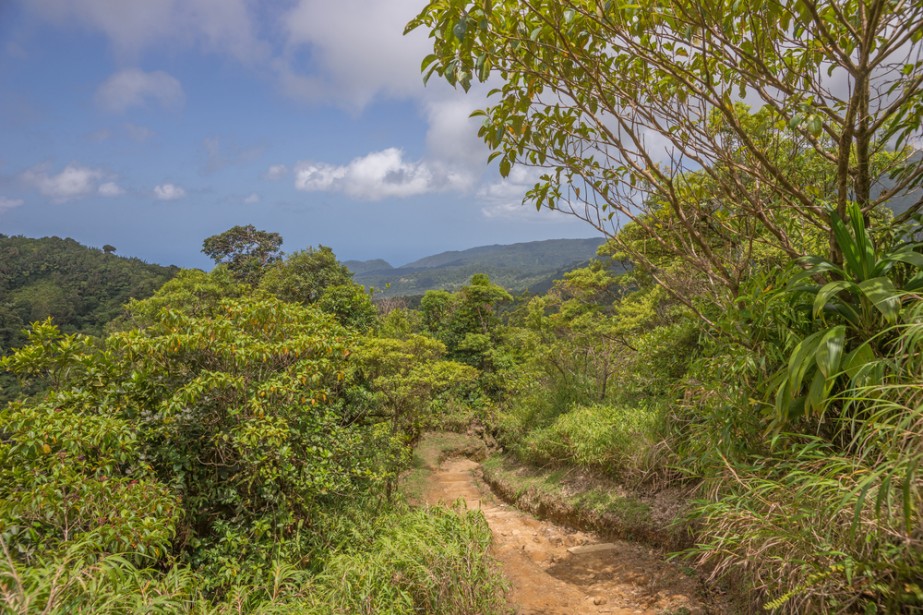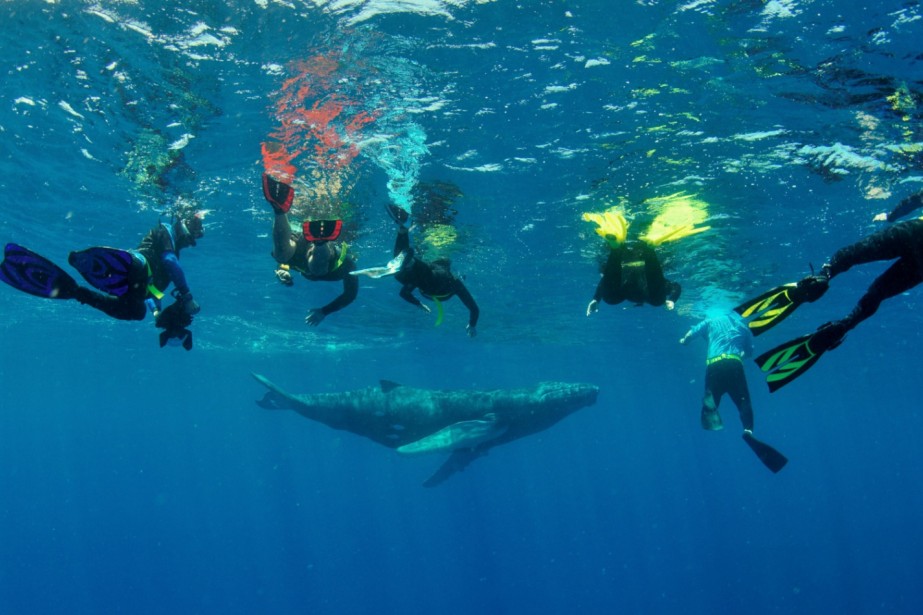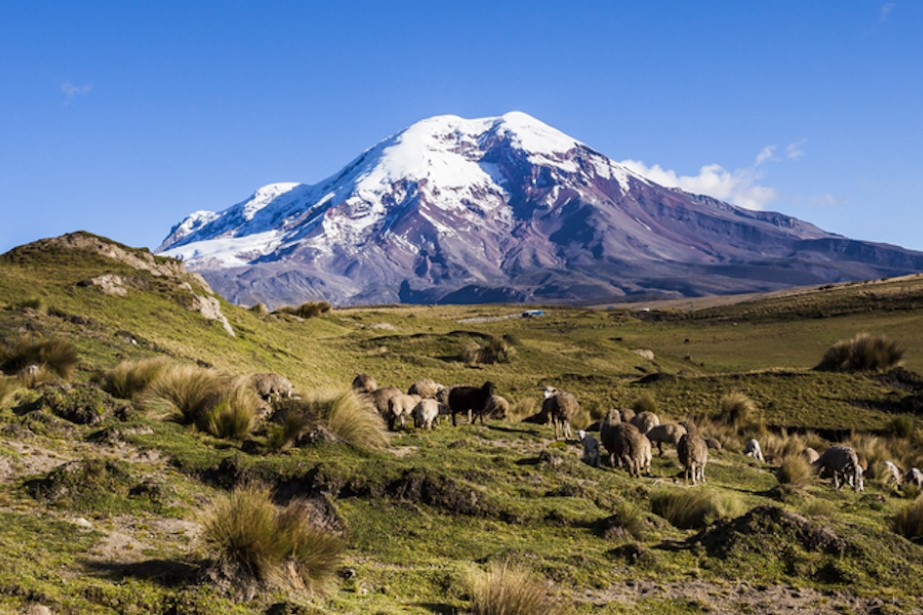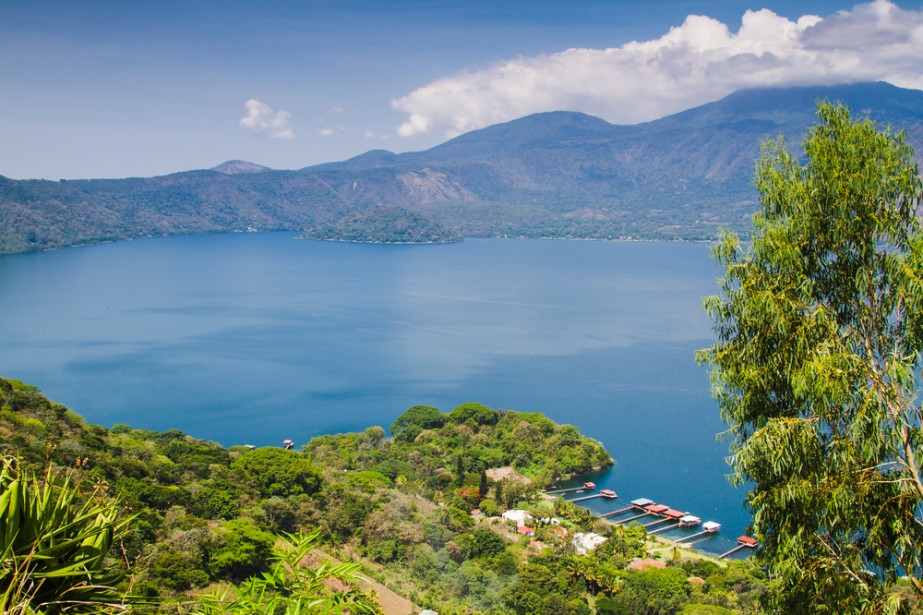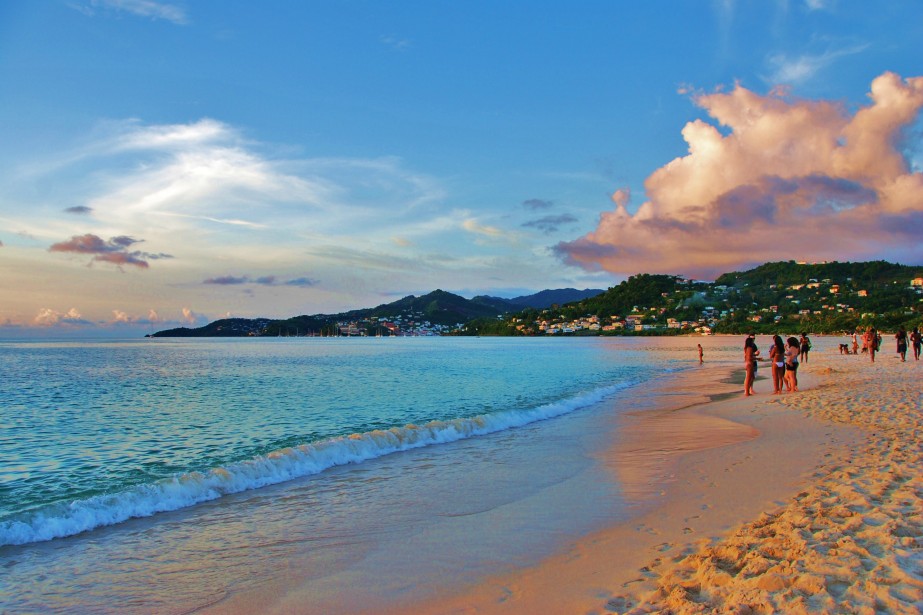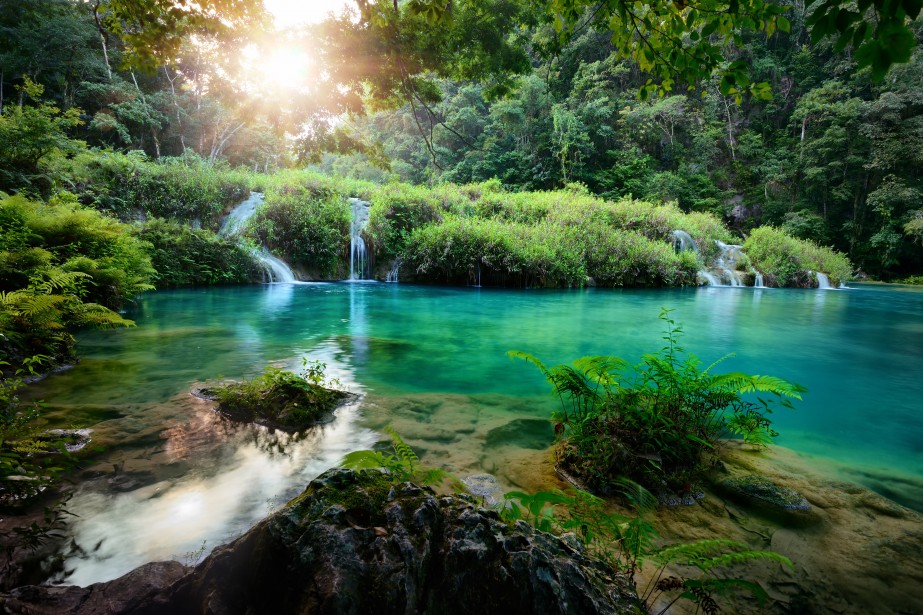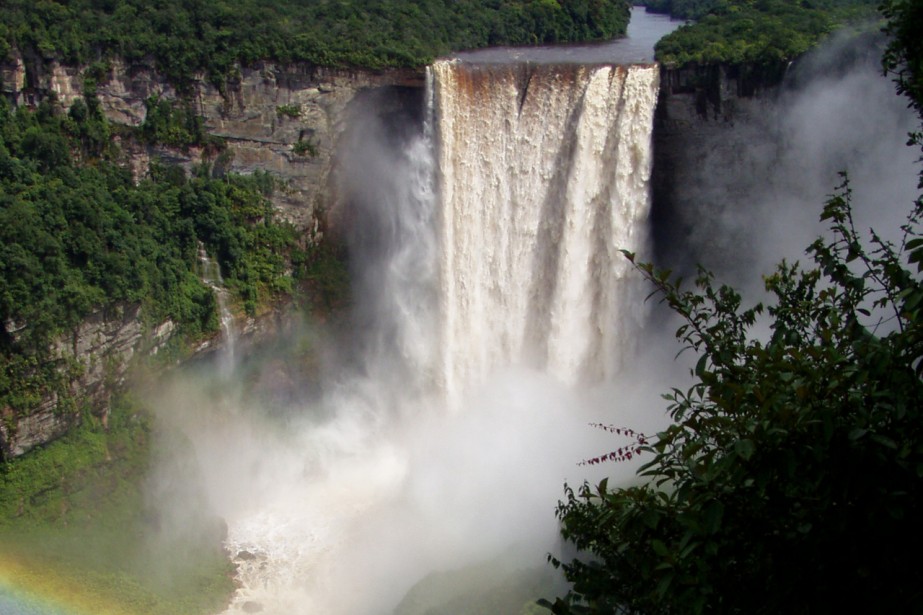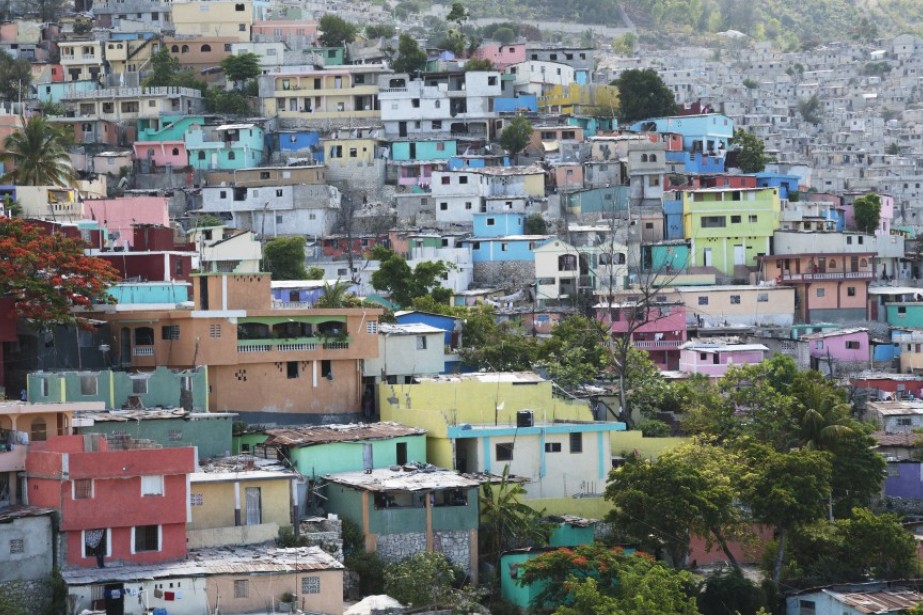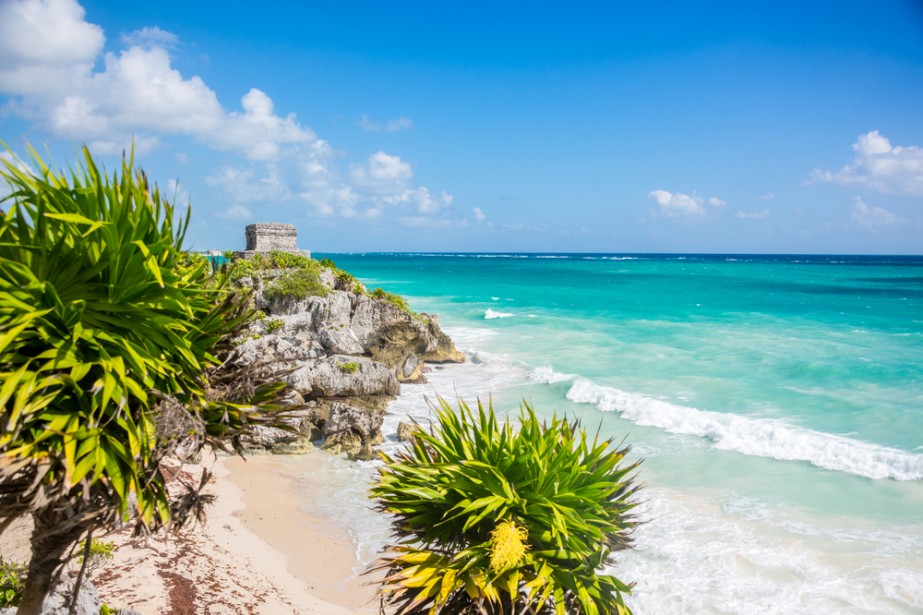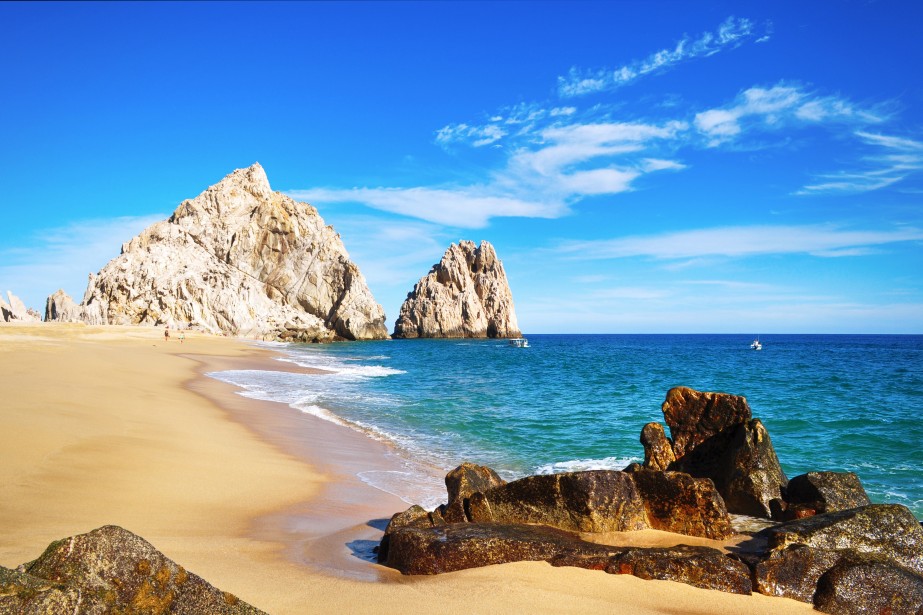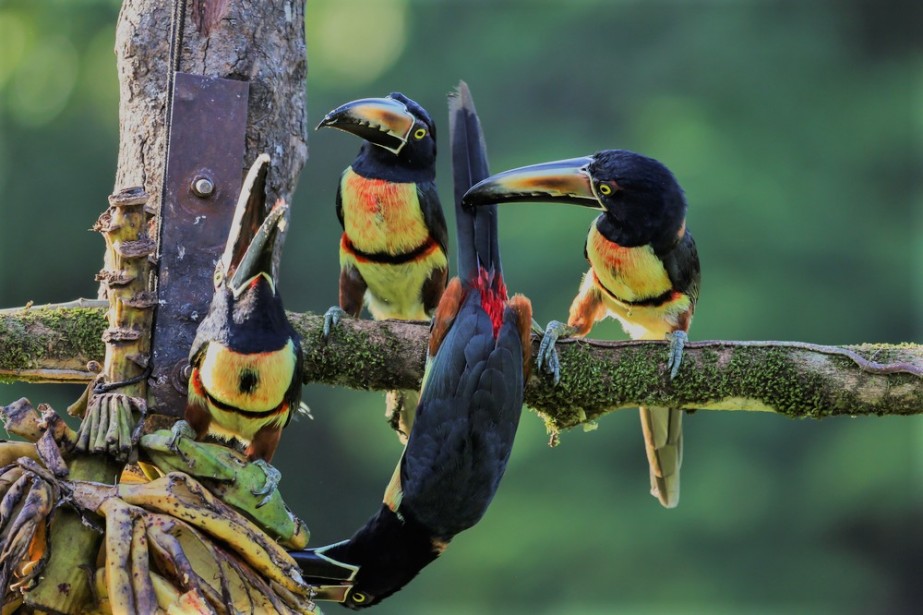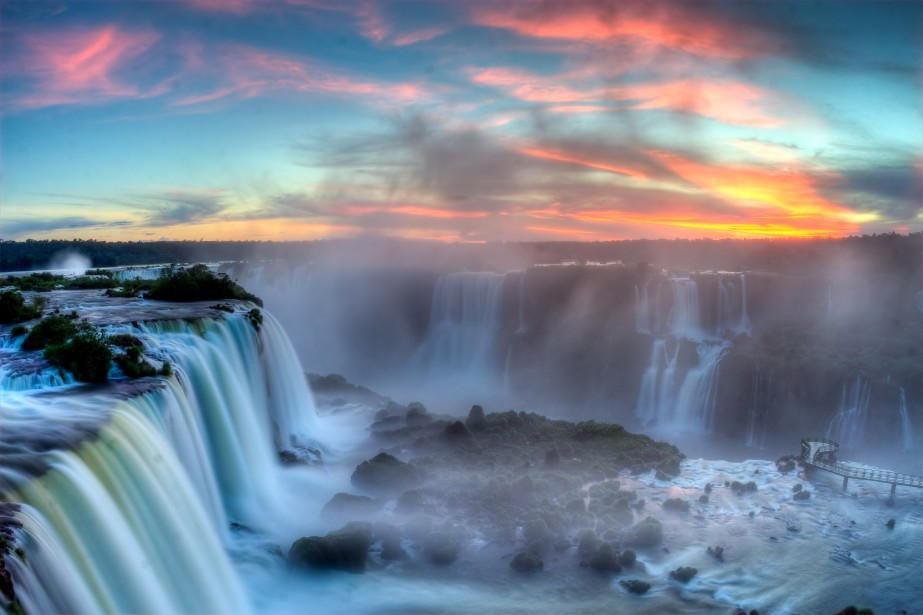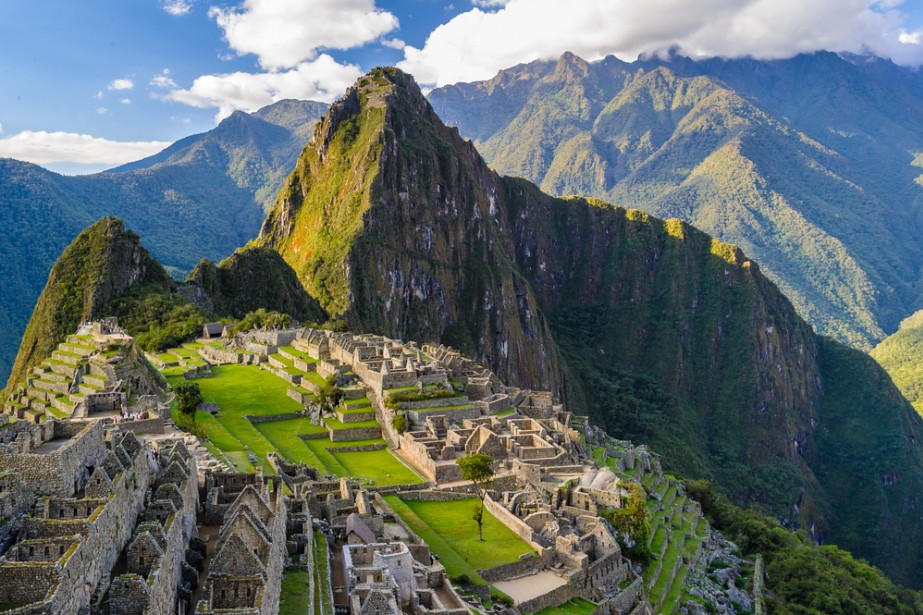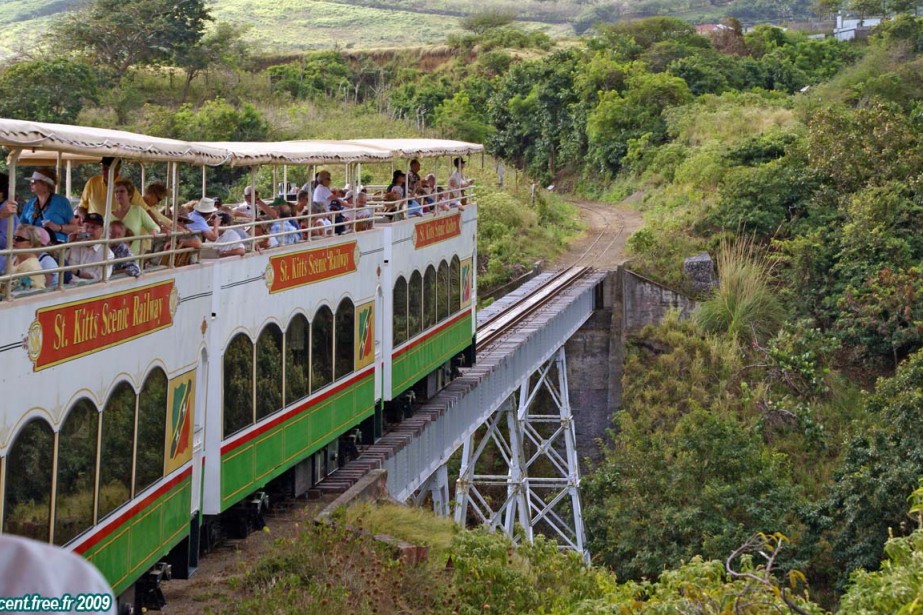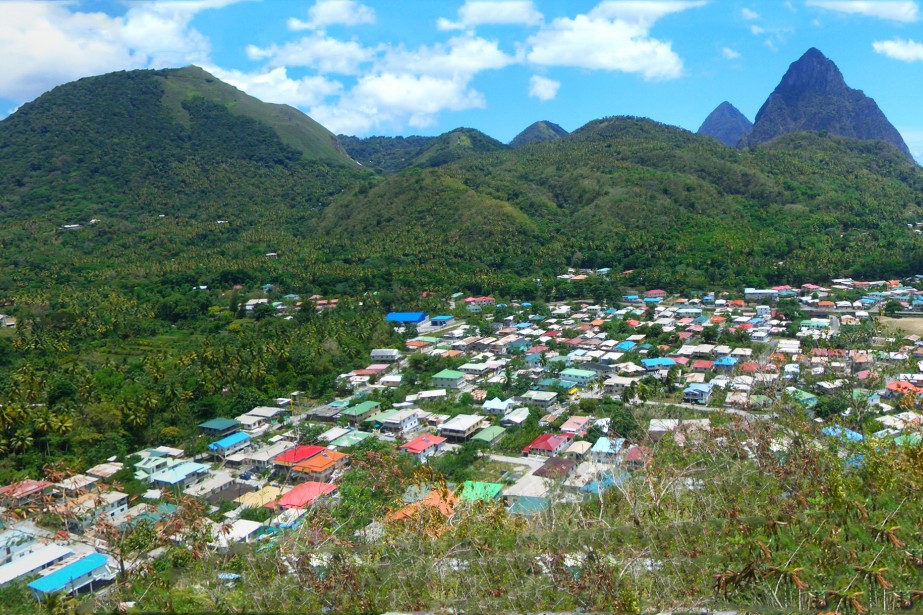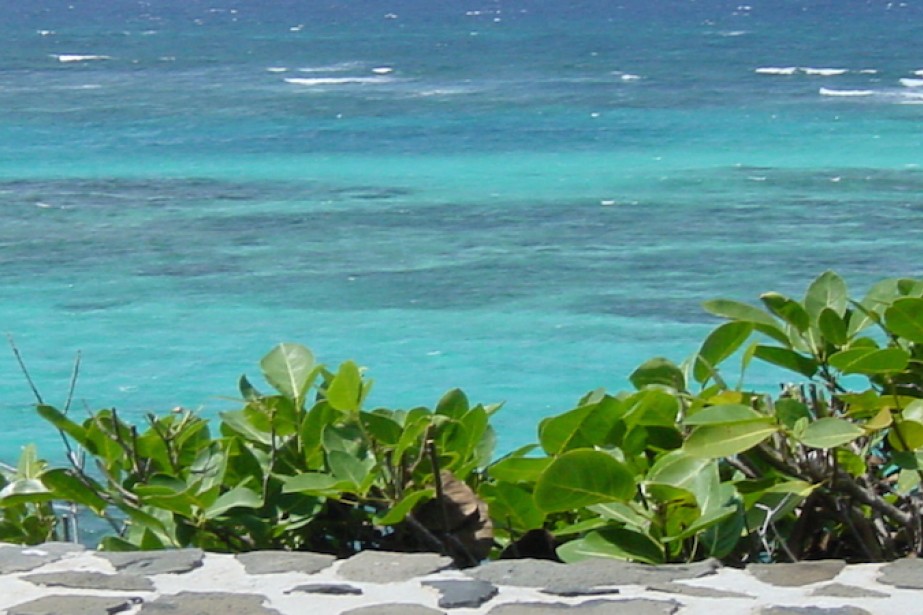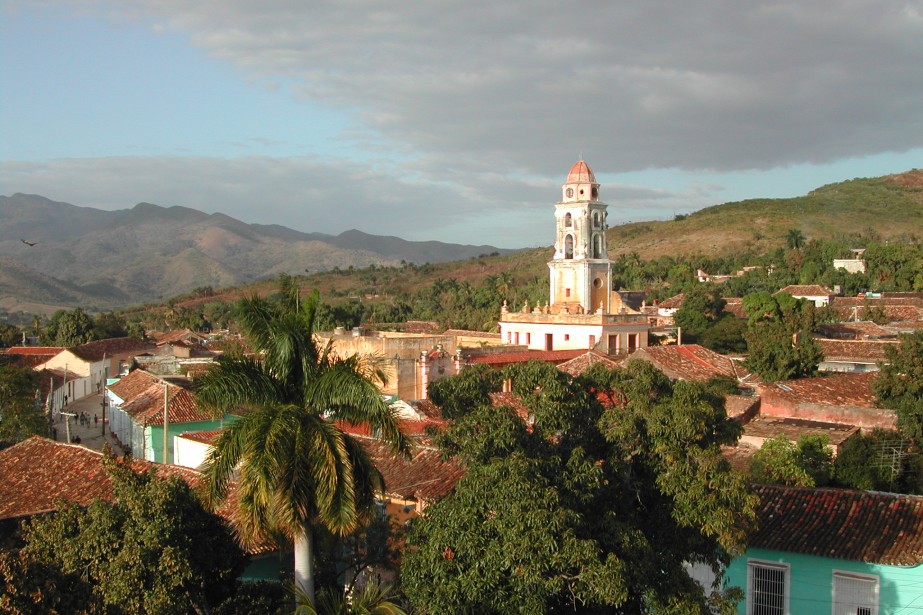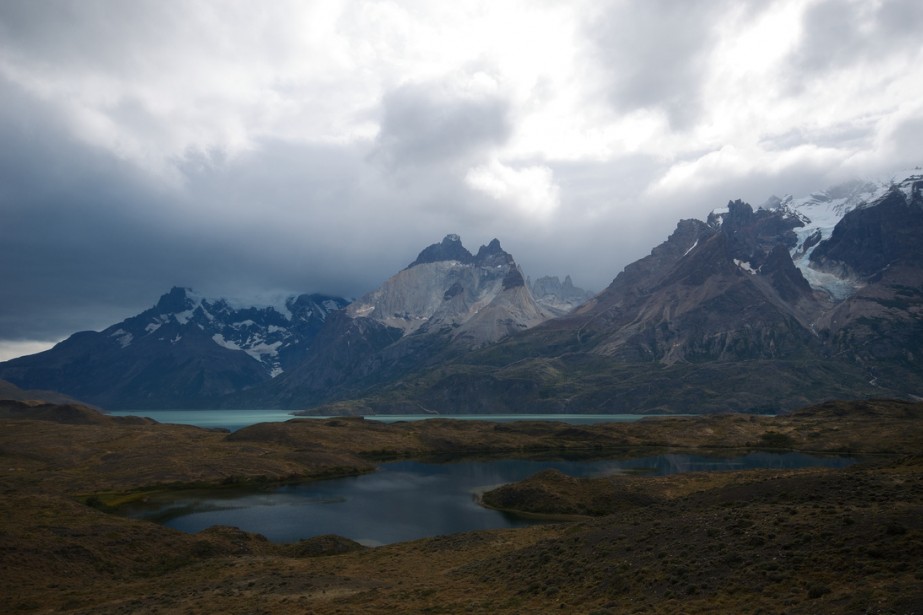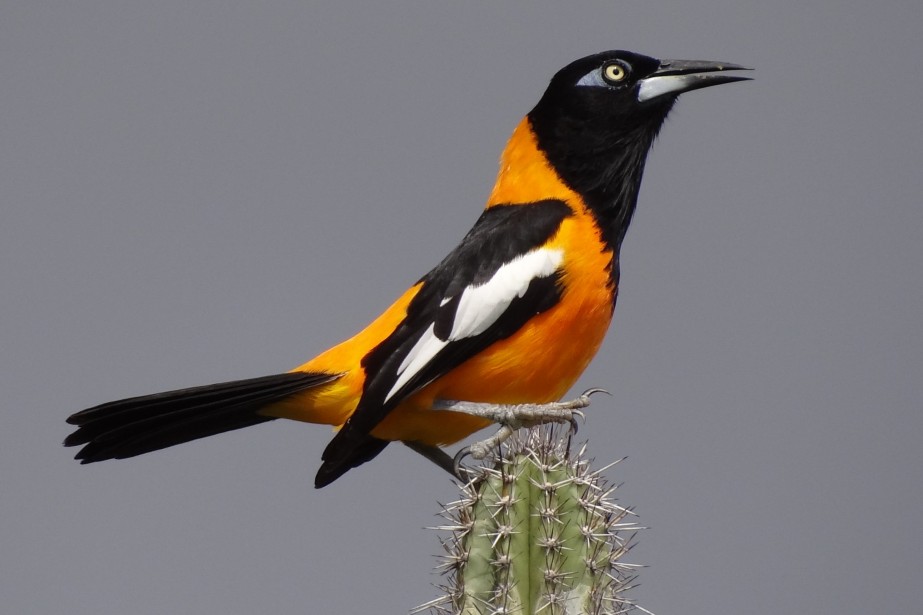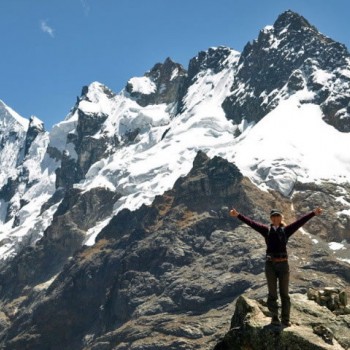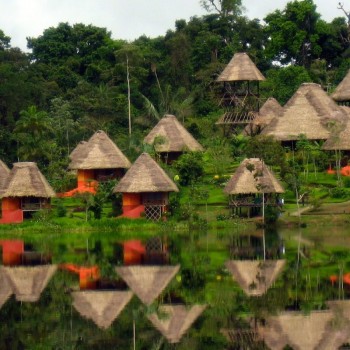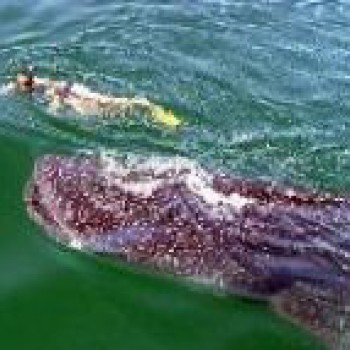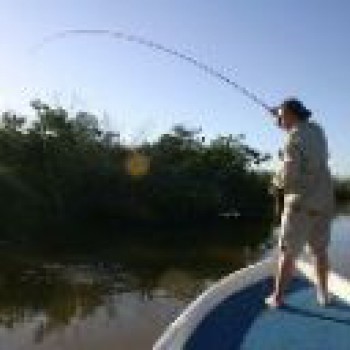Submitted by Carie Williams on November 17, 2015
Overview
One of two countries on the island of Hispaniola, the Dominican Republic is the second largest nation in the Caribbean. The city of Santo Domingo was one of the first permanent European settlement in the New World under the Spanish crown in 1493. The country battled for independence from Spain, France, and Haiti, finally achieving independence in 1844, although the struggle continued. Their independence wasn’t recognized by Haiti until 1874 and the country suffered multiple invasions in the 30 year gap. Today, the Dominican Republic is one of the most visited nations in the Caribbean.
The Dominican Republic encompasses roughly two-thirds of the island of Hispaniola. The Cordillera Central mountain range is the highest in the West Indies and one of four major mountain ranges in the country. The terrain is varied, ranging from rugged mountainous areas, bountiful valleys, and lush rainforest to immaculate beaches. Of the approximately 1000 miles of coastline, about a quarter are beautiful beaches.
The nation’s population is nearly ten million and hosts over five million non-resident tourists per year. Tourism accounts for over a billion in revenue for the country each year, but agriculture has remained a critical element of the Dominican Republic’s economy. Agriculture is crucial for domestic consumption and export revenue, second only to mining. The nation’s primary export revenue comes from the United States.
It is no wonder tourism is a lucrative venture for the Dominican Republic. The environment is as rich and diverse as the people are warm and welcoming.
When to Travel
The varied topography of the country also means variable weather conditions. The rainy season along the northern coast starts in November and extends into January. For the rest of the nation, however, the rainy season begins in May extending through November. May is typically the wettest month while March is the driest. Average rainfall per year is approximately 59 inches with the driest areas being located in the west. Rainfall usually occurs in short spurts later in the day.
The average annual temperature is 77°F. Temperatures vary with the topography. The lowest temperatures can be found at the highest elevations and the highest at the low elevations. On a rare occasion, snow can even be seen on the summit of Pico Duarte, the highest point in all of the Caribbean. August is usually the hottest month in the Dominican Republic; January and February typically the coolest.
Hurricane season runs June to November with majority of hurricanes historically hitting the island in the month of September. Because of the island’s larger size, these storms may effect one area while not impacting others. Storm or sun, the Dominican Republic offers stunning beauty year-round.
Cuisine and Drinks
Traditional dishes in the country is a mix of Taino, the indigenous people, Spanish, and African cuisine. The food at times closely resembles the offerings of other Latin America countries, Puerto Rico, and Cuba. Some Middle-Eastern cuisine has also been incorporated into the food culture.
If you are interested in a traditional Dominican breakfast option, try the Los Tres Golpes dish. Comprised of mangú with fried cheese, salami, and eggs. Mangú is made by boiling then mashing green plantains and can be found as a side dish for any meal. Preparation may also include topping with red onions sautéed in apple cider vinegar. Mangú is distinctly African in origin and a tasty opportunity for the adventurous eater.
Guisados refers to a type of stew made with braised meat or fish. Vegetables including bell peppers and onions are combined with spices and tomato paste make up the base of the dish. Often a popular lunch option and served in the form of La Bandera with red beans, rice, and a salad as representative of the Dominican flag.
Thought of as a sauce or condiment in other parts of the world, when you order a Chimichurri in the Dominican Republic expect something different. A popular food truck or street stand item, this sandwich is made from sliced beef or pork and garnished with chopped cabbage. Seasoning recipes vary, so expect a new flavor adventure when ordering from different vendors.
Fans of fried chicken should not miss an opportunity to try Pica-Pollo. It is also known as chicken chicharrón and frequently served with fried plantains. Diners should expect well-seasoned, chicken that is juicy on the inside and extra crispy on the outside.
A trip to the beach in the Dominican Republic is not complete without a nice helping of yaniqueques. This version of the johnnycake is made with flour instead of cornmeal and served plain or with accoutrements. No matter which version is selected, it is a delightful snack for all ages.
Popular Sights
Dominican Winter Baseball League - The most popular sport in the Dominican Republic is baseball by a far margin. If you are traveling between the months of October to January, be sure to catch a game. The country is known for talent in this sport with the second highest number of baseball players in Major League baseball, including two hall of famers. Many professional baseball players play in the Dominican League during the MLB offseason. This is a great opportunity to see both current and upcoming stars in the sport.
Aquel Lado – For an authentic Dominican dancing experience, cross the Ozama River in Santo Domingo only 15 minutes east of the city center. Two bustling streets containing the best Latin dance clubs the city has to offer will greet you. Here you will find a hot, but down to earth, club scene full of the best salsa and merengue music available. In the heart of where merengue was created, you can dance until your heart’s content.
Columbus Lighthouse – Also known as Faro a Colón, this lighthouse is both a tribute and tomb for Christopher Columbus. Crossing beams of light from the monument form an impressive cross that can be seen as far away as Puerto Rico.
Basilica Cathedral of Santa María la Menor – The oldest cathedral in the Americas can be found right in Santo Domingo. Commissioned by Pope Julius II, the construction began on the cathedral in 1514 with completion in 1535. Now, it is a UNESCO World Heritage Site and a beautiful location to spend an afternoon.
Country World Adventure Park – For some pulse-racing family fun, head over to Puerto Plata and spend the day zip lining, horseback riding, or playing games at this unique adventure park. You can even spend time with exotic animals at the petting zoo. As a bonus, fresh juice, water, and lunch are included during your adventure.
Practical Info
Power outlets in the Dominican Republic are 110 volts. Travelers from Canada and America will not need to worry, but visitors from other countries will need to plan ahead. Bring your own power adapters to avoid being left in the lurch.
Spanish is the official language of the Dominican Republic, but many also speak English. If you stick close to the tourist areas, it is not uncommon to find speakers of Italian, French, German, or Russian, as well.
Official currency of the country is the Dominican peso. Dollars from the United States, Canada, and Euro are accepted at most resorts and tourist sites. Should you need to exchange your currency for pesos, there are exchange offices available. Banks will also happily assist you with this need. Carrying cash into or out of the country is limited to $10,000US. If you will require more than that sum, it is recommended that you withdraw the funds after entering the company at one of the bank branches.
Tourist cards are required for citizens traveling from the United States, Canada, the United Kingdom, or European Union. These cards are available upon entering the country for $10US and are valid for 30 days. To extend your visit to a total of 90 days, you will be required to pay $2500RD when exiting the country on top of the exit tax of $20. Visitors from countries other than the ones listed above may require a visa to travel within the country.
Tap water in the Dominican Republic is not purified and therefore not safe to drink. It will be important to keep yourself hydrated at all times, so be sure to have a healthy supply of bottled water available. It is also a good idea to use the bottled water when brushing your teeth.
When eating at a restaurant, a 10% tip will automatically be added to your bill. An additional 10% on top of the included tip is customary if the service was excellent. It is not customary to tip taxi drivers, although appreciated if you deem the service worthy.
There are a variety of transportation options available in the Dominican Republic. Taxis are most reliably found at hotels and airports. Advance arrangements can also be made for this form of transportation. Santo Domingo has a subway system that is often utilized by commuters. City busses are available in Santo Domingo and Santiago, as well as privately operated busses or shared taxis called guaguas. If you need to travel a longer distance, there are many options for bus service between regions. Car rental is also an option as most major rental companies operate within the country.
Sources
https://en.wikipedia.org/wiki/Dominican_Republic
http://www.godominicanrepublic.com/
https://www.countryworld.co/home-.html

